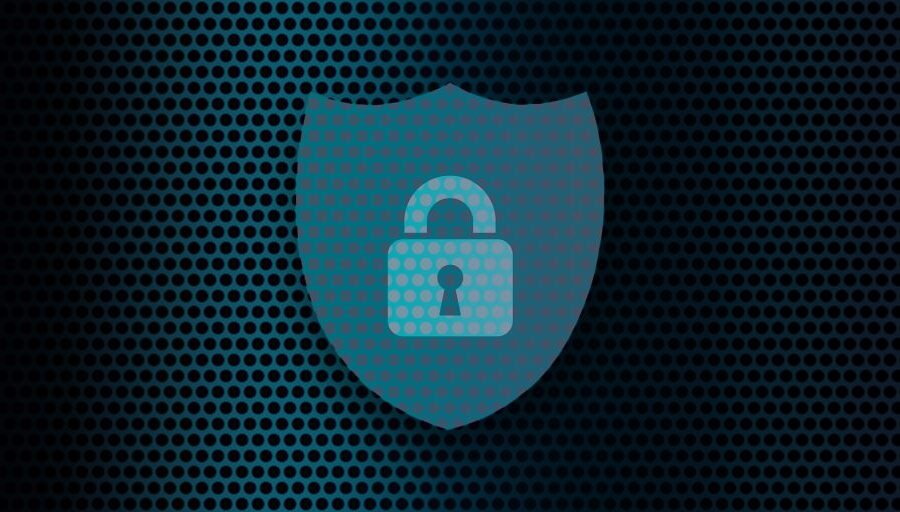Cybersecurity agencies publish guide of cybersecurity best practices for smart-city networks
From self-driving cars that communicate with traffic lights to water management solutions and drones that can zip deliveries automatically across otherwise congested neighborhoods, there’s a lot to be excited about when it comes to the future of smart cities. Emerging technology poses an opportunity for administrators to create safer, more efficient and resilient cities by leveraging data that’s collected via sensors and processed with artificial intelligence. But as smart-city technology expands alongside its use cases, so do the cybersecurity concerns local governments must contend with.
Guidance from the U.S. Cybersecurity and Infrastructure Security Agency (CISA) published Wednesday aims to help communities bolster their digital defenses as they build infrastructure to support smart-city solutions. The guide was created by CISA and the National Security Agency (NSA), the Federal Bureau of Investigation (FBI), and cybersecurity agencies from the United Kingdom, Canada, Australia and New Zealand.
Recommendations include strategic planning and proactive foresight that considers cybersecurity risk and management as future technologies evolve. And when they do, each should be “deliberately and carefully integrated into legacy infrastructure designs,” the report says. The principle of “least privilege,” which defines that each entity should be granted the minimum number of authorizations and access to perform their function, should also be implemented from the start, along with multifactor authentication around a zero-trust architecture framework, among other things.
“Today’s joint guide is a continuing example of the strong collaboration CISA has with our partners in the U.S. and around the globe to provide timely and useful cyber risk-management guidance,” said Jen Easterly, director of CISA. “The cybersecurity best practices outlined here are designed to help evolving connected communities better protect their infrastructure and sensitive data.”
To read the complete article, visit American City & County.

















